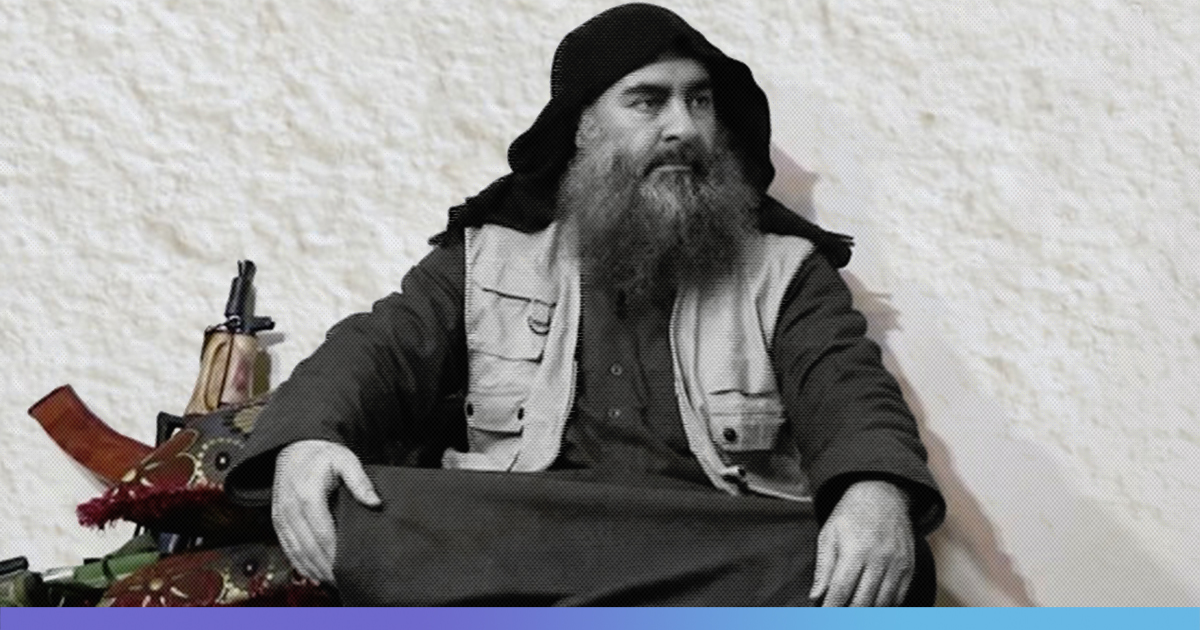World’s most wanted terrorist, the commander of the Islamic State, Abu Bakr Al-Baghdadi, has been killed in a US military operation in Barisha village of Idlib province, in Syria, five kilometres south of the Turkish border.
Speaking from the White House, US President Donald Trump said that Baghdadi detonated his suicide vest after fleeing into a tunnel, chased by US military dogs. Trump said that helicopters transporting the US special forces took off from an undisclosed location after 17:00 in Washington DC (02:30 IST, Sunday).
— Donald J. Trump (@realDonaldTrump) October 27, 2019
Baghdadi had been under surveillance for “a couple of weeks” and “two or three” raids had been cancelled because of his movements, Trump said, describing the IS leader’s move to Idlib as part of a plan to rebuild the group.
But on Sunday the US president authorised a mission involving “a large group” of special forces personnel, eight helicopters, and many other ships and planes. US intelligence agencies’ knew that Baghdadi was hiding in a closed compound, which had a number of tunnels, most of them leading to “dead-ends”.
US special forces targeted that compound due to which a “large number” of Baghdadi’s followers also died. The dead included two of Baghdadi’s wives who were both wearing explosive vests that were not detonated. Other followers were captured, and eleven children were removed unhurt from the compound.
Trump said that valuable intelligence about Baghdadi’s plans was found during the raid and that the US would pursue whoever assumed the leadership of IS.
“We know the successors. And we’ve already got them in our sights.” On Twitter, UK Prime Minister Boris Johnson said Baghdadi’s death was “an important moment in our fight against terror, but the battle against the evil of [IS] is not over yet.”
Baghdadi came to prominence in 2014, when he announced the creation of a “caliphate” in areas of Iraq and Syria. Known as the world’s most wanted man, his real name was Ibrahim Awwad Ibrahim al-Badri and had a reputation of being a highly organised and ruthless battlefield tactician.
He was born near Samarra, north of Baghdad, in 1971, and reports suggest he was a cleric in a mosque in the city around the time of the US-led invasion in 2003.
Some believe he was already a jihadist during the rule of former Iraqi leader Saddam Hussein. Others suggest he was radicalised during the time he was held at Camp Bucca, a US facility in southern Iraq where many Al-Qaeda commanders were detained.
ISIS or ISIL, the terror organisation that Baghdadi led, was founded by Abu Musab al Zarqawi in 2004. It had disappeared from the public domain for several years after the influx of US troops into Iraq in 2007 but resumed operations in 2011, under Baghdadi’s leadership. The group launched an offensive on Mosul and Tikrit in 2014 and in June that year, Baghdadi made his first public appearance announcing the formation of a caliphate.
His family claimed that they were the descendants of Prophet Mohammed’s Quraysh tribe, legitimising his position as a ‘caliph’ in the minds of his followers.
As the next US Presidential elections approach, Baghdadi’s death is a major victory for Donald Trump as he faces heavy criticism for his decision to pull US troops out of northern Syria and fights an impeachment enquiry launched by Democrats.
Also Read: Islamic State Claims Sri Lanka Attacks Which Killed 359 People












